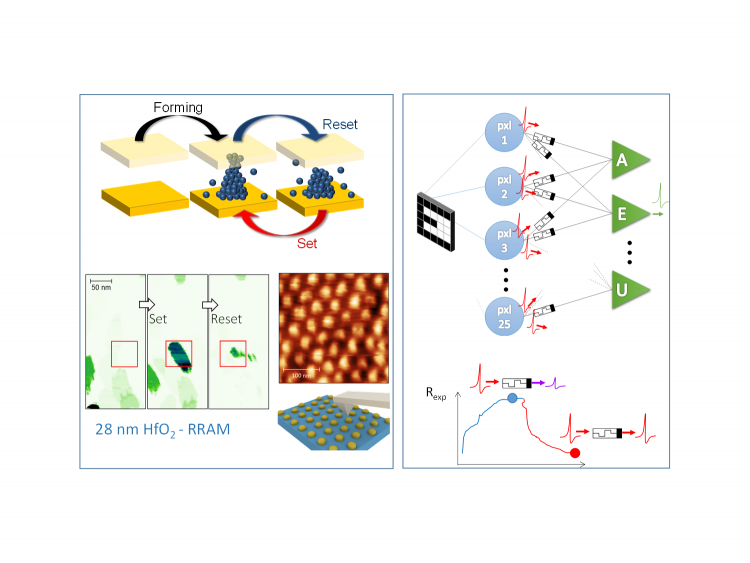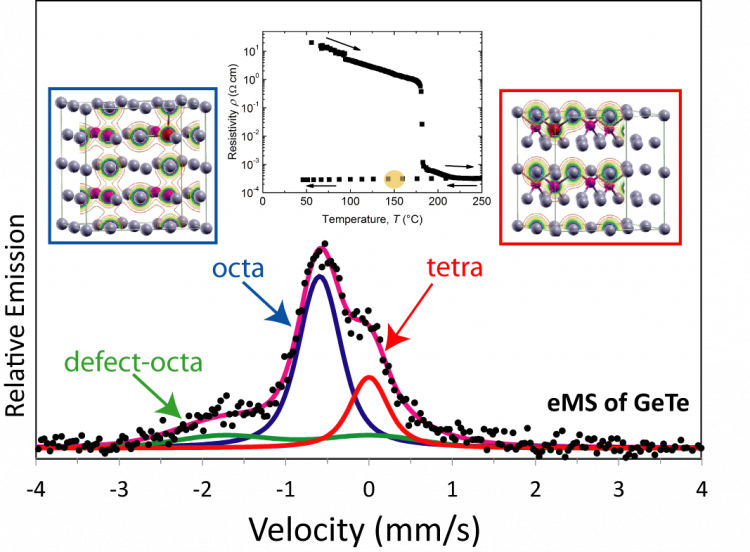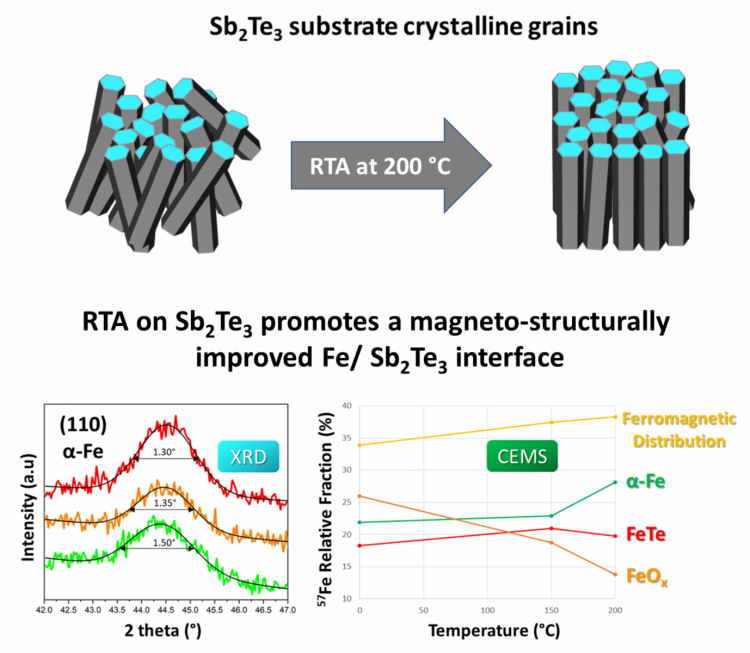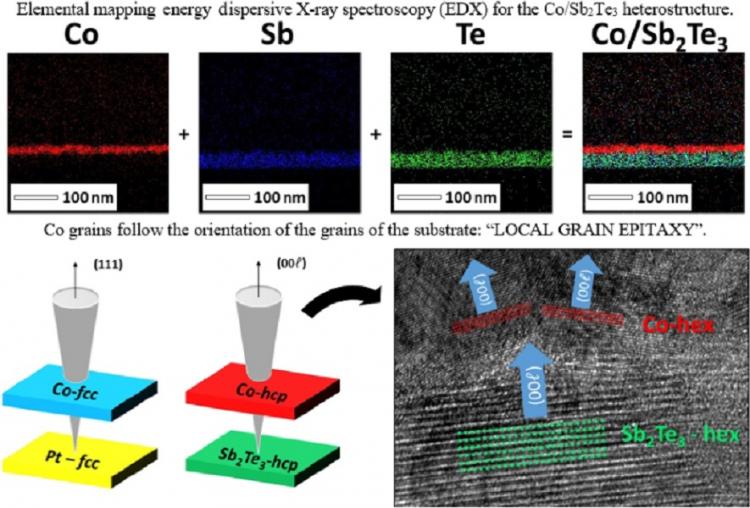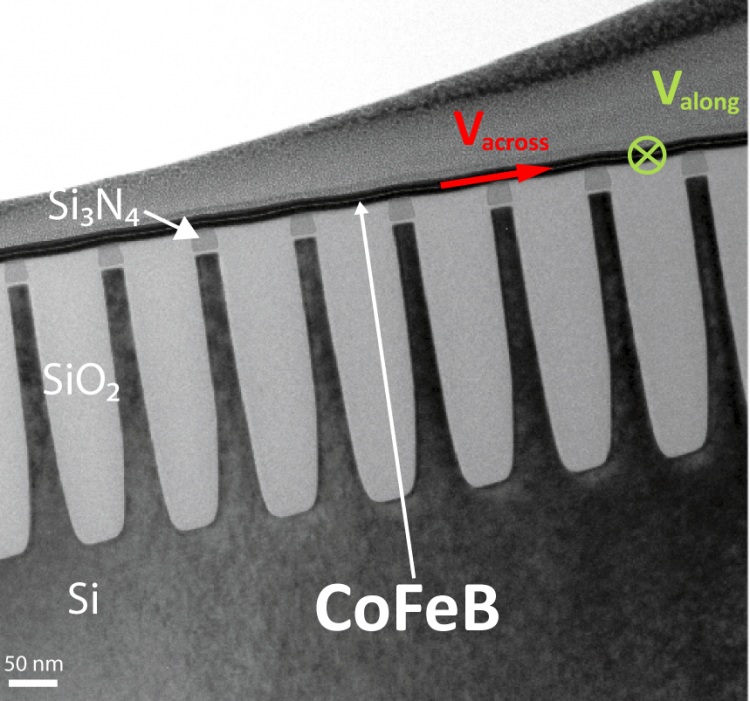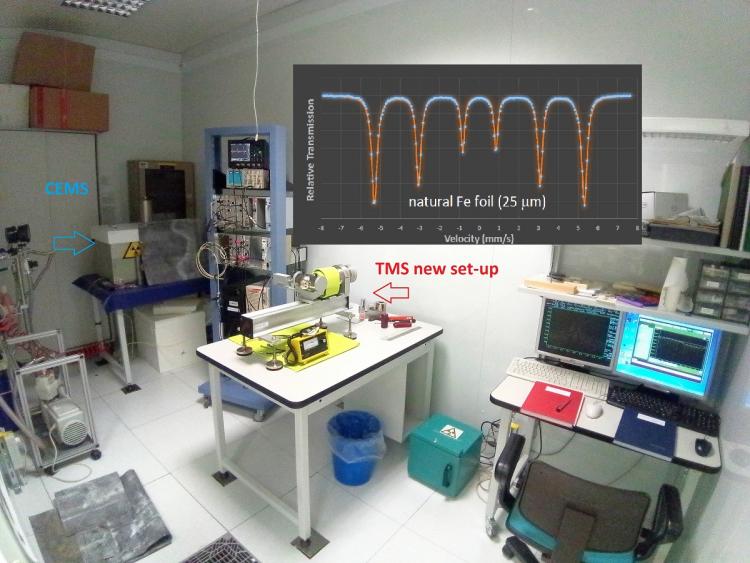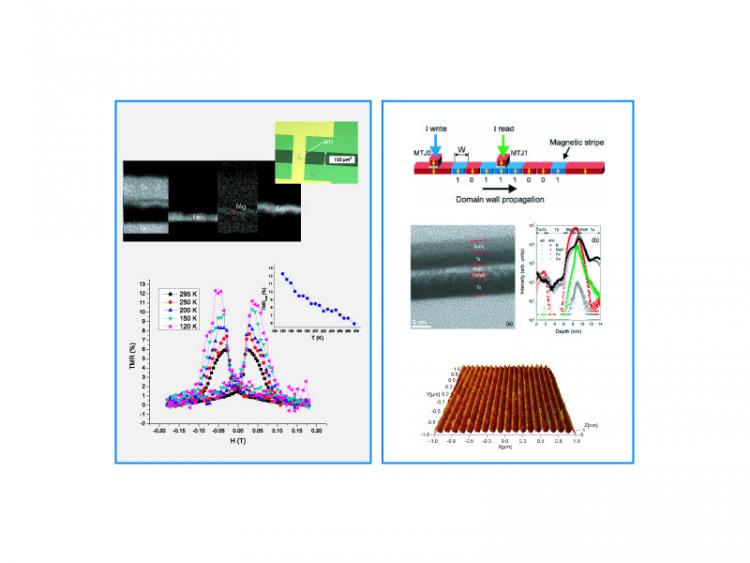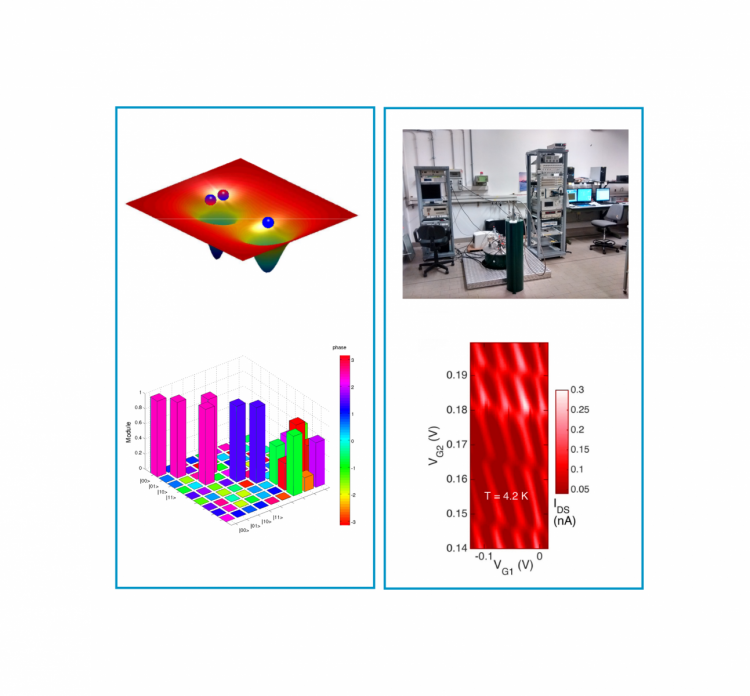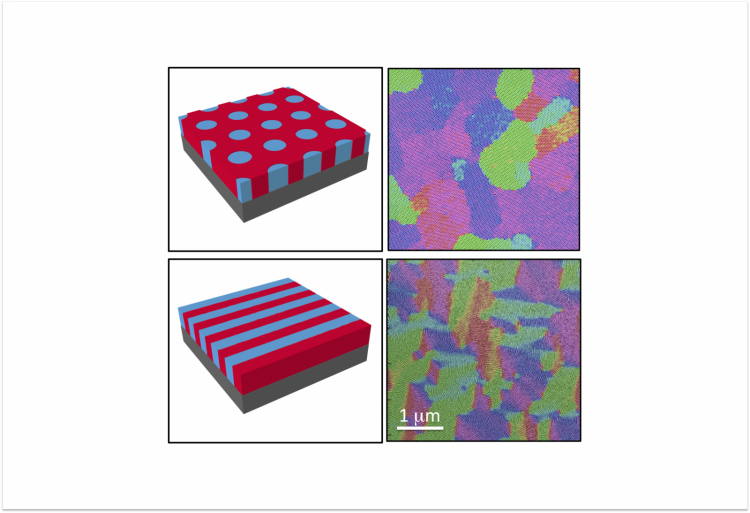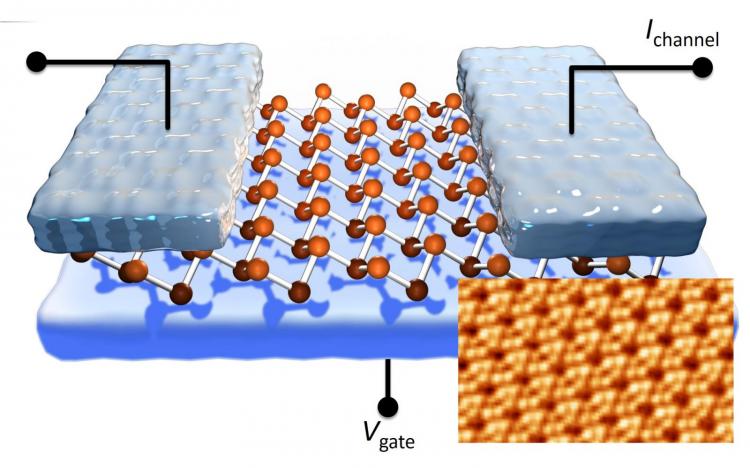Memristive systems represent today a disruptive technology for the semiconductor industry towards several applications such as data storage (non-volatile memories), non-...
Micro/Nano Electronics
In the field of Micro/Nano Electronics the Unit of Agrate has a long term and recognized expertise on logic and non-volatile memory devices, exploiting both classical and quantum phenomena, as well as systems and novel computing paradigms beyond the von-Neumann. The research activities are carried out focusing on several aspects, from advanced materials and nanofabrication tools, to the advanced characterization of materials and development of computational methodologies. In detail, the Agrate Brianza Unit contributes to:
Non-volatile memory and advanced logic devices:
(i) Resistive type of non-volatile memories, with focus on nanowire based PCM and oxide-RRAM
(ii) Logic devices based on 2D (silicene, MoS2 and other TMDs), and 1D and 0D (Si nanowires and Si quantum dots) for low power electronics.
(iii) High-dielectric constant materials for back-end MIM capacitors devoted to power management and analog applications
(iv) Materials for spintronics: magnetic tunnel junction and racetrack memory;
Enabling tools for nanoelectronics
(i) Development of advanced nanofabrication tools based on self-assembled materials
(ii) First principles spectroscopy and simulation of magnetic materials and nanostructures
Towards New Computation Paradigms
(i) Memristive devices as key elements for neuromorphic systems
(ii)Quantum computation systems: modeling/simulation of semiconducting Qubits. Characterization of CMOS compatible semiconductor Qubits.
The unique method of 57Fe emission Mössbauer spectroscopy (eMS), as performed at the large-scale facility of ISOLDE at CERN, was employed to reveal, at the most atomic-scale,...
Topological insulators are in the focus for enhancing spin‐to‐charge conversions when in contact with ferromagnets, and to optimize the interface is demanding. In our paper published in Advanced...
Controlling the motion of magnetic domain walls (DWs) in ultrathin films with perpendicular magnetic anisotropy (PMA) has opened perspectives for mass-storage applications such as “racetrack...
From October 2018, the CNR-IMM Unit of Agrate Brianza is equipped with a new set-up to perform Transmission Mössbauer Spectroscopy (TMS), which has been developed in the framework of CYBER-SORT, a...
This research activity at IMM Agrate is mainly focused on the use of chemical methods such as atomic layer deposition (ALD) and chemical vapour deposition (CVD) to synthesize materials for...
CMOS technology exploitation is crucial to fabricate in a reliable manner nanodevices where different qubits based on spin degree of freedom can be implemented. One on the goals...
Development of new bottom-up approaches for the synthesis of functional nanostructured materials with typical feature dimension well below 20 nm. The focus of this research...
Two-dimensional (2D) crystals beyond graphene are a new frontier in materials science that is currently having a tremendous impact on the nanotechnology of advanced materials. In the present...


